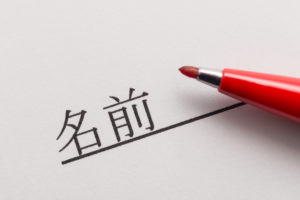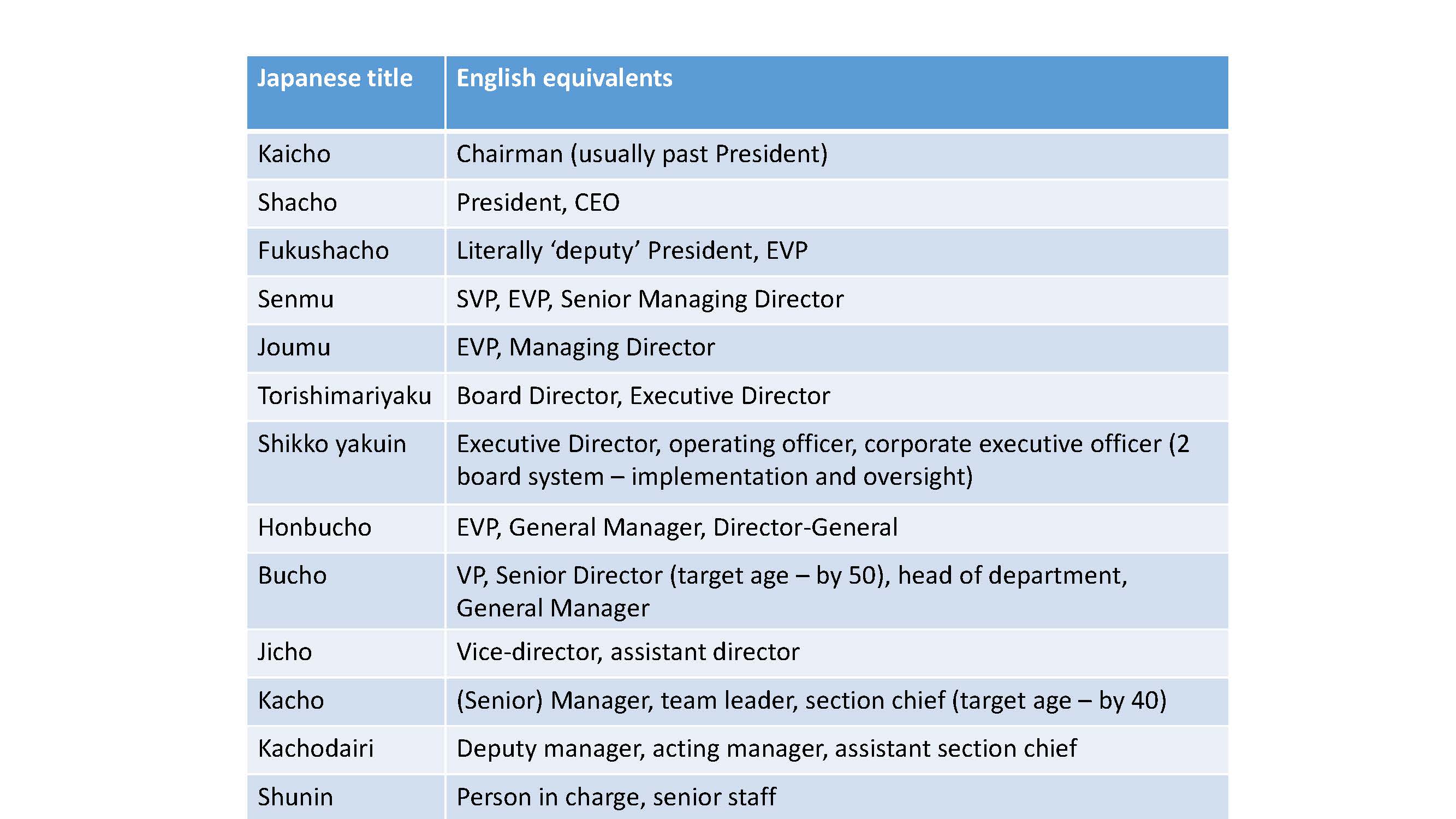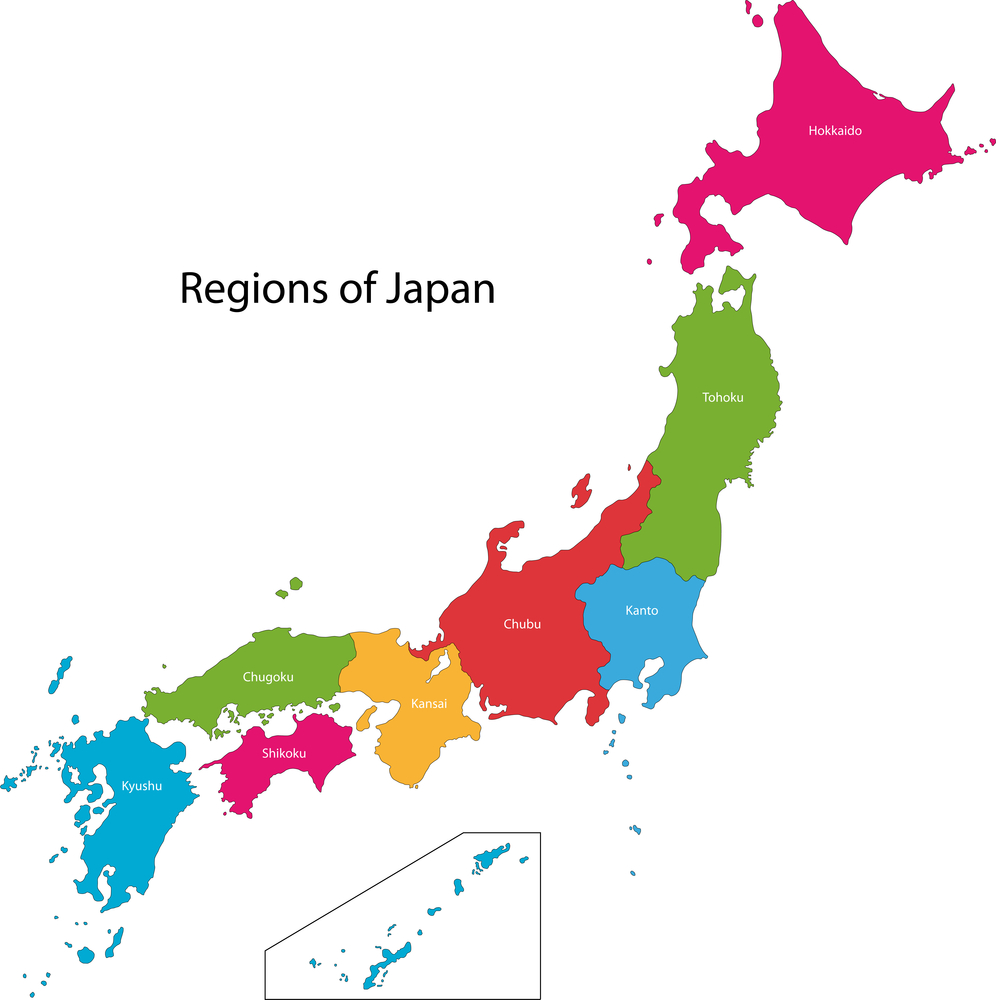What Japanese companies can learn from HSBC’s compliance struggles
Descriptions of the difficulties faced by the UK multinational bank HSBC in 2015 reminded me strongly of the challenges faced by Japanese companies which are trying to globalise through acquisition. 2015 should have been the year in which HSBC celebrated 150 years since being founded in Hong Kong by British and Anglo-Indian merchants as a trade finance bank. Unfortunately this was marred by a tax evasion scandal at its Swiss private banking arm.
HSBC acquired a Swiss private bank in 1999, a few years after it acquired Midland Bank, one of the UK’s “Big Four” retail banks. Then in 2003 it acquired Household Finance, a US consumer finance operation. Up until this diversification of the business, HSBC managed its network of operations through a tight knit group of expatriates (all male until 1989) who were generalists, who had been trained like army officers in a Hong Kong “mess” (similar to a Japanese company dormitories), and were therefore trusted enough to be sent around the world to be the “man on the spot”.
This group of generalist managers found it difficult to control businesses that they knew nothing about, in countries they were not familiar with, so local executives from the acquired company were allowed to continue controlling those businesses. Unfortunately the scandal at the Swiss private banking arm was not the only failure of this approach. Two years ago HSBC had to pay a US$1.9bn fine to US authorities for failing to stop the laundering of drug money through its Mexican operation – the banking and financial services company Bital that it acquired in 2002.
If leaving control to local managers is too risky, should Japanese companies who are acquiring overseas subsidiaries continue to try to exert control through Japanese expatriates? This is neither practical, nor the solution. There seems to be a shortage of suitably experienced Japanese managers who can be sent overseas. And like the HSBC expatriates, they are generalists, and will therefore find it hard to understand what is going on in specialist areas of the business in a foreign country.
Without the Japanese expatriate acting as a liaison, conduit and interpreter however, the foreign executives soon find themselves swamped by endless requests for information from the Japan headquarters, supposedly for compliance and risk management purposes. They try to respond to as best they can, but get nothing back in return. It can lead to a sense of not being trusted, and confusion as to the right direction to take.
For HSBC, the solution proposed by many commentators and the CEO himself is to do with having a strong corporate culture and values, and processes for communicating them globally, along with rigorously implemented compliance policies. If this is in place, then a certain degree of autonomy can be given to local managers.
For Japanese companies, where human relationships are so important, to ‘process’ and ‘values’ I would add ‘people’. In future articles I will look in more detail at these three elements and suggest some practical steps to take.
This article originally published in Japanese in the Teikoku Databank News also appears in Pernille Rudlin’s new book “Shinrai: Japanese Corporate Integrity in a Disintegrating Europe” – available as a paperback and Kindle ebook on Amazon.
For more content like this, subscribe to the free Rudlin Consulting Newsletter. 最新の在欧日系企業の状況については無料の月刊Rudlin Consulting ニューズレターにご登録ください。
Read More

